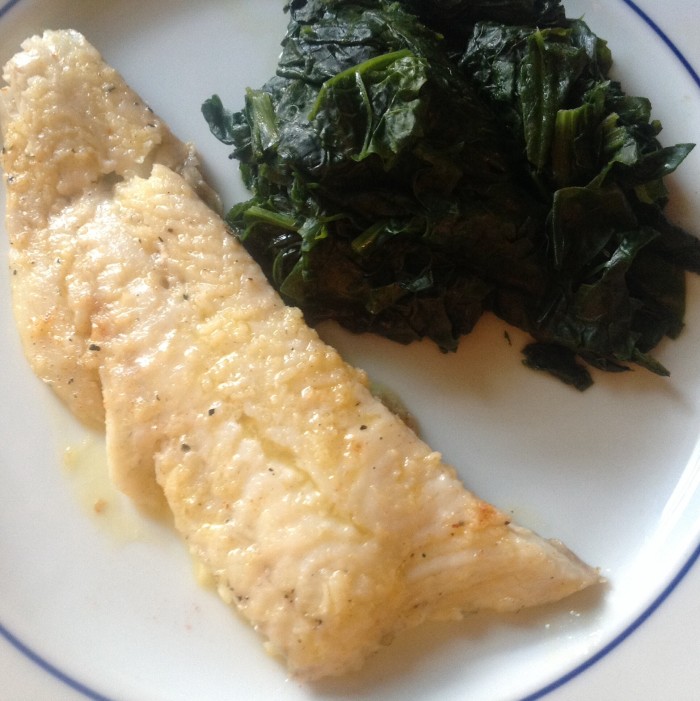
Cooking from scratch takes time, dollars, commitment. And knowing how to relate to food independent of nutrients helps a lot.
This picture dates from 2015. But it reflects what I learned about good food growing up in California and cooking in France. Good food starts with good ingredients. And what makes an ingredient good has precious little to do with nutrient composition. Or convenience.
Since I decided to do another saladé composeé for a colleague who is coming for lunch this week, I’ll use the picture as an example of what good food means to me. Good ingredients mean careful sourcing. But that’s what it takes so each ingredient contributes its own unique taste and texture. And there’s nothing fast, easy, convenient, or efficient about souring good ingredients.
Here’s what I need to get started: farro, beans, vinaigrette (oil, vinegar, mustard), tuna, egg, cucumber, tomatoes, cabbage, parsley, salt.
I looked in my kitchen and found pastured eggs, red cabbage, California extra-virgin olive oil, sherry vinegar, Dijon mustard, cooked cicerchia beans (an Italian heirloom bean), jared hand packed tuna, and some emmer spelt (farro) in my freezer.
Never heard of farro? Trust me, you’re not alone. It’s the Italian word for what we Americans call an ancient grain / emmer spelt. Italian farro is sold refined (pearled) or whole grain (un-pearled). I love the chewy texture and complex taste of whole grain farro so I’ve searched out American grain farmers who grow farro and sell over the internet. I recently bought a 5 pound bag, so I pulled that bag out of the freezer, removed a cup or so, and started cooked the farro. It takes several hours to soften the wheat kernels enough to develop that chewy texture.
My regional market supplied the ingredients. It’s May here in the Hudson Valley and locally grown won’t start to come in until July. So I need to fall back on commodity / hothouse crops and California imports.
VIEW FROM MY KITCHEN WINDOW
Our American paradigm for a healthy pattern is nutrient focused and commodity based. In that order. Since the 1990s, the Nutrition Facts Label has reinforced the nutrient supremacy message. And commodity crops are the basis for our Dietary Guidelines food groups. The result is that many Americans and most health professionals have forgotten about what I call good food.
The food police are going to bang on my head for my generous hand with the olive oil. The amount I used exceeds 20% which means I used smidgen more olive oil than the food police likes to see. More important however, if I had put the salad together with commodity products – tuna in a pouch, a cheaper seed oil, a random off the shelf can of chickpeas – well the taste just wouldn’t have been the same. Sourcing and preparation would have been faster and probably cheaper but convenience would have come at the cost of good taste.






